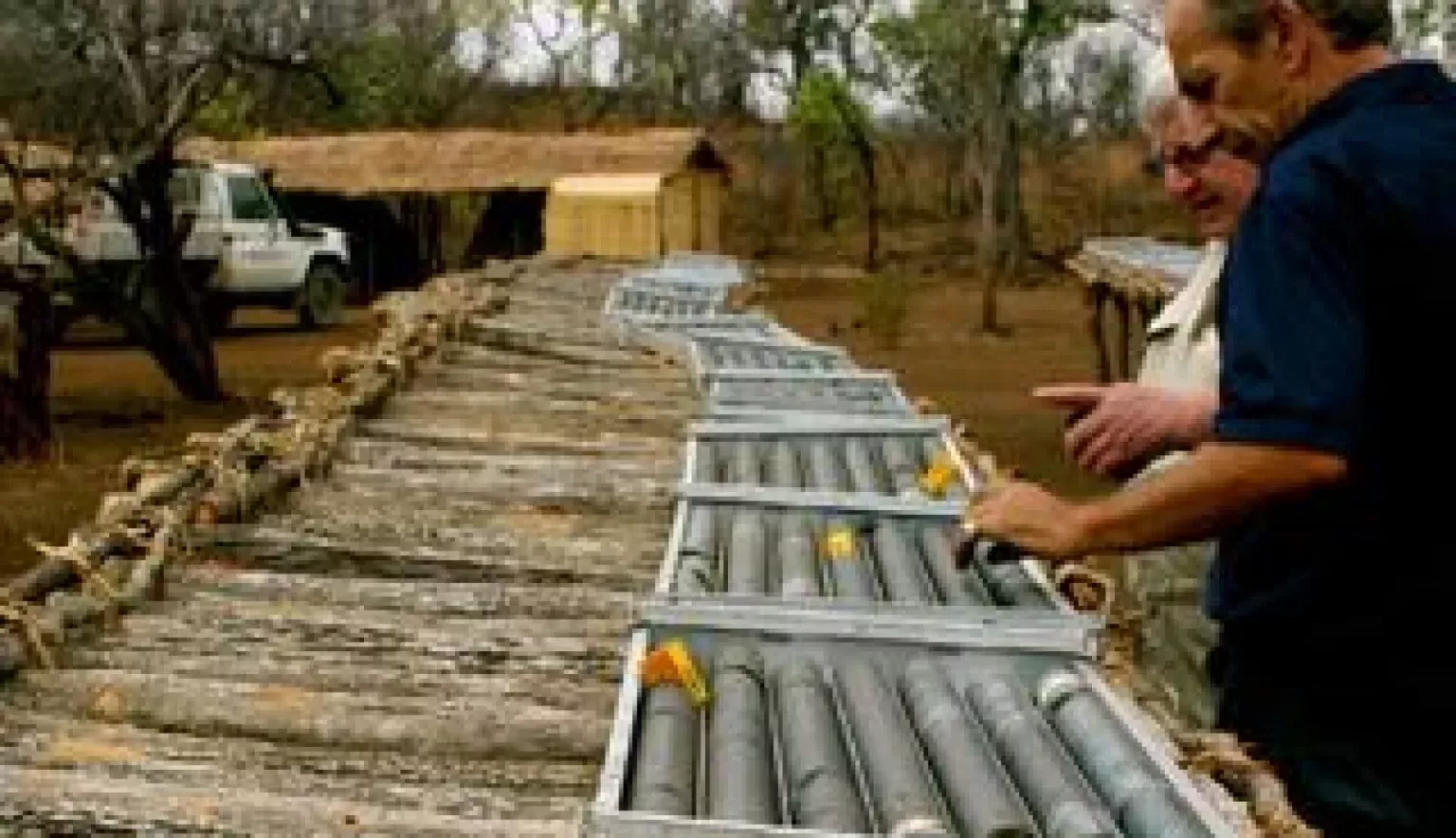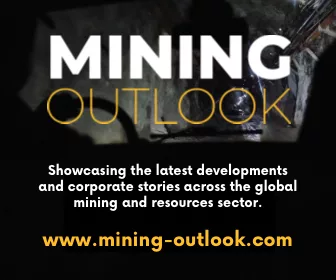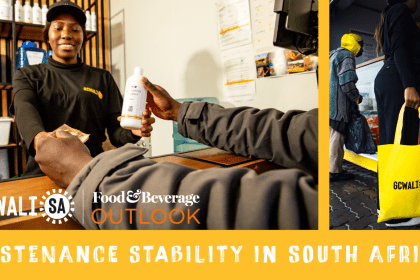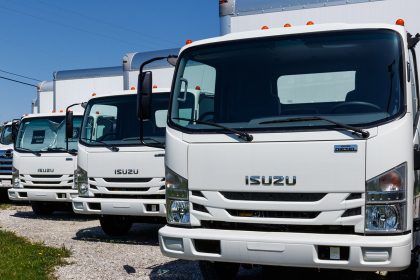Ben James, Managing Director of Baobab Resources, talks about the development of the Tete pig iron project in Mozambique, one of the most exciting development stories in southern Africa.
HIGH HOPES FOR TETE
What has Ben James and everyone else at Baobab Resources so excited? The iron ore resource at its flagship Tete project in Mozambique.
Just how big the project could ultimately become is anybody’s guess and Baobab has a plan to get it out of the ground and to market.
In all, 2013 has been a pretty monumental year. Baobab Resources is currently working on a bankable feasibility for a 37- year, 1Mtpa pig iron operation at Tete.
To help get the project off the ground, it has brought in Standard Chartered to look for potential partners, and a resource upgrade has seen it investigate scaling up the operation to 2Mtpa. “The Tete Project PFS results from March showed the compelling economics of a 1Mtpa pig iron production scenario. That was followed by a resource upgrade and then we thrashed out the 2Mtpa numbers,” Ben James, Managing Director, Baobab Resources, explains. “The 2Mtpa results demonstrate the ability to significantly scale up production at Tete.”
That the project can be scaled up is a huge boost. “Well, it means we have at least two economically attractive options for incoming strategic investors,” James says. “The 1Mtpa scenario modelled a 37-year mine life and the 2Mtpa modelled a 22-year mine life. In both of those cases we actually exploited less than 25 percent of our global resource base so there is plenty of scope for increased production of projected timelines out to 100 plus years.”
It is a potentially massive project.
“We have drilled approximately 80,000 metres and have a resource base of 725 million tons, 0.5 billion of which is concentrated in a 2.5 sq km area around the Tenge-Ruoni area,” says James. “The grade of this concentration is over 36 percent iron.”
Tete was originally picked up to explore for base metals and platinum group elements. The existence of iron ore deposits came to light after an early literature review and Baobab quickly recognised the unique opportunity of having iron ore immediately adjacent to some of the world’s largest undeveloped coal deposits.
There is a massive global appetite for pig iron, which Baobab is looking to service.
“We’re at the bottom of the cost curve,” says James. “Why is that? It is because we enjoy a unique and strategic geographic and geological setting where we are at the confluence of all the key iron and steel making resources – iron ore, which we have got captive, coal, power and water. Our licenses join the licenses of Rio Tinto, Vale, the Ncondezi power project, and so we are right in the centre of some of the largest undeveloped coal deposits left on the planet that are being brought into production by some of the largest mining and steel producing companies globally. It is an exciting place to be. We have unique access to port and rail, power and coal – for our reduction process we will be able to utilise the low quality coal being produced as a wash by-product and, being commercially unviable for export, is literally considered a waste product. That makes our cost of production very low, in fact amongst the lowest globally and that is even before we take into consideration our vanadium. Our iron ore carries vanadium and we are able to separate that through the smelting process when we are producing the pig iron. We can liberate that as a vanadium slag. That would be refined into vanadium alloy which is worth a great deal and adds significantly to the overall revenue stream.”
Brazil is the world’s largest pig-iron producer and its cost of production is $380/mt to $390/mt pig iron (FOB). Baobab’s estimated cost of production FOB at its Tete property will be around $225/mt, presenting a fantastic opportunity to compete globally in the pig iron and arguably the scrap iron space.
“Tete has the potential to be not just world class, but world first and at first quartile production costs,” James says. “Looking further ahead, there is real potential here to unlock additional value by taking the project to the next stage downstream and establish a fully vertically integrated operation generating finished steel products onsite. We are sitting in a part of southern Africa that is going through an incredible and fundamental growth across all sectors, in particular oil and gas. There is big steel demand now and there will be in the future. Future hydro electric schemes in Mozambique, for instance, will be requiring a lot of construction steel as will the upgraded and expanded power transmission lines. Then we look regionally and we can see thermal power plants coming up in Botswana. And in South Africa the two largest producers – Mittal and Evraz – are having difficulty competing with imported steel prices so there is yet another market for us to substitute.
“If we were to take this through to steel, we would certainly be unlocking the true wealth of the project. “But to do all of this of course we need a strategic partner and that is a key part of the process going forward.”
And this is precisely why Standard Chartered has been brought in. As part of the mandate, the bank’s corporate finance division will assess a range of strategic corporate opportunities and financing alternatives.
The project would be of “significant strategic value” to a steel major who wished to construct a vertically integrated steel facility on site, James says.
“Standard Chartered will play a big part in the development,” he explains. “Why them? Well, they have a substantial footprint in Asian markets and a successful track record on other projects so it made sense for us to work with them on Tete.
“We had a lot of proposals on the table and it was a difficult decision to make because the banks and consultancies all have different areas of expertise and strengths. The Asia footprint swung it. The universe of potential partners in Asia is very large and that was one of our reasons. Another is that they have been following the Baobab Resources story since before we drilled a single hole. They understand the project and have followed the story for a long time. It was a logical progression for them to come in as our advisors.”
The future, unsurprisingly, is bright. “Even in these god awful markets this is an exciting time for us,” says James. “We are in a position where we are interviewing potential strategic partners to figure out what the best way forward is for the project. This is still a bulk commodity project so logistics can’t be underestimated either and we are working with the government and private sector to resolve power, port and rail access. Another important avenue is our environmental and community responsibilities and how we must develop a stakeholder engagement plan and so on. There is a lot more going on now than there ever has been. It is a really exciting place to be.”
To learn more visit www.baobabresources.com.






















